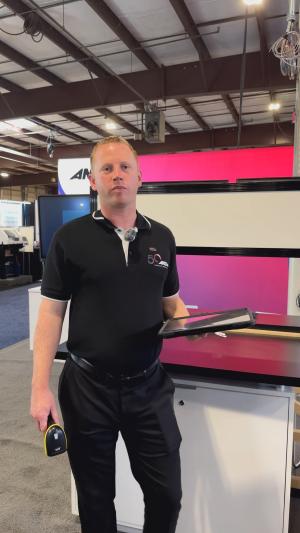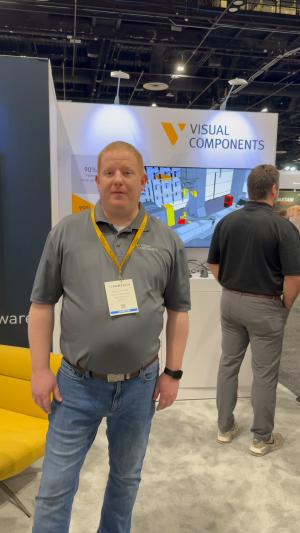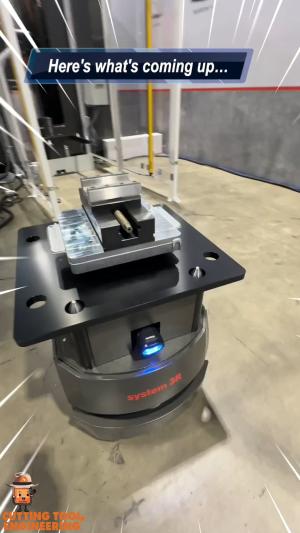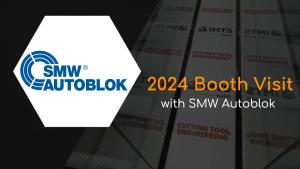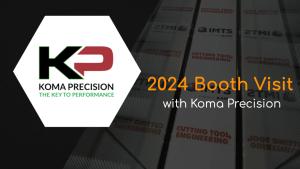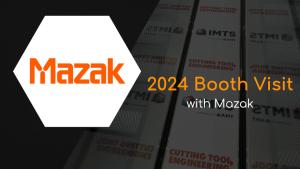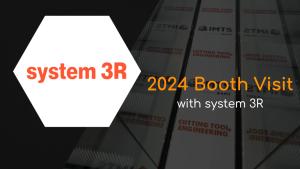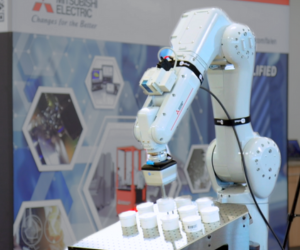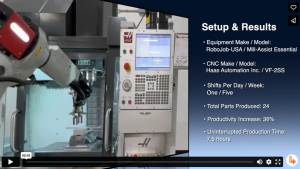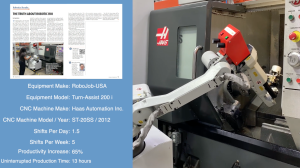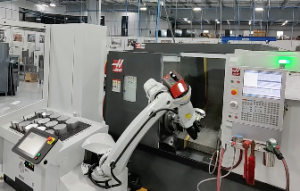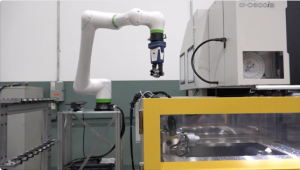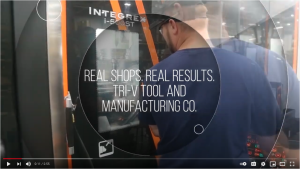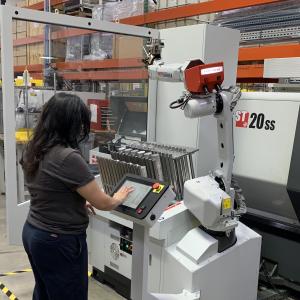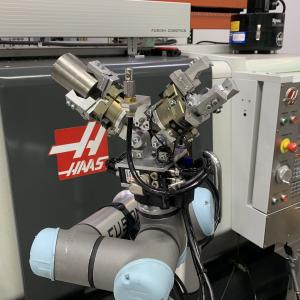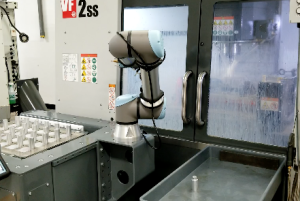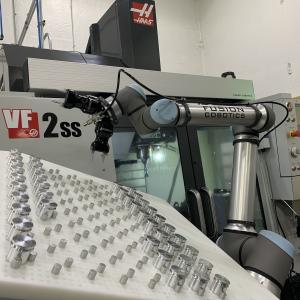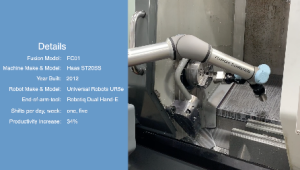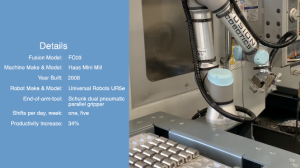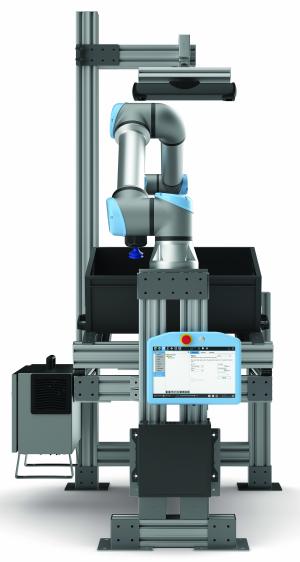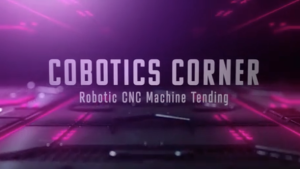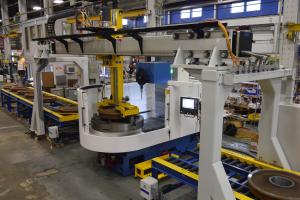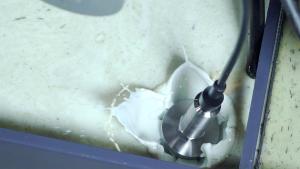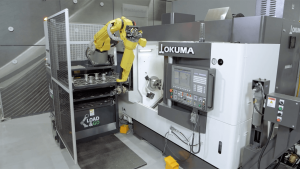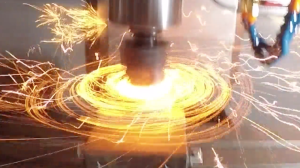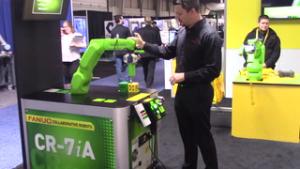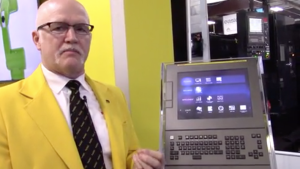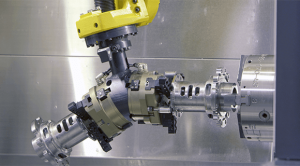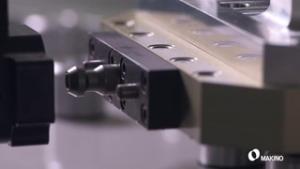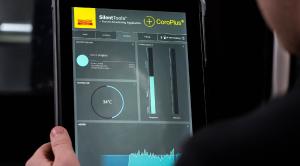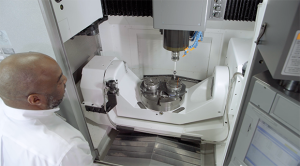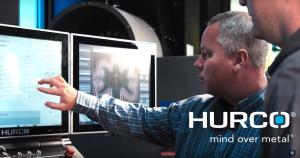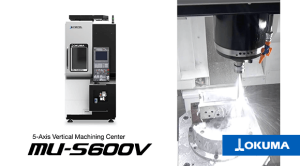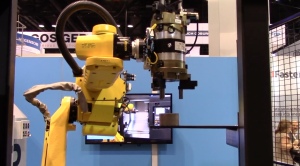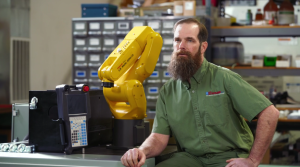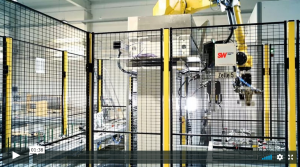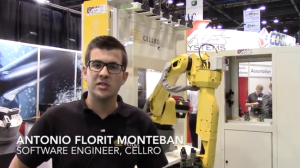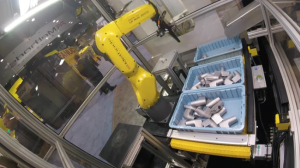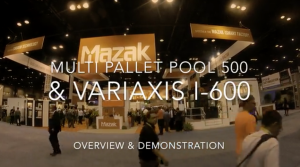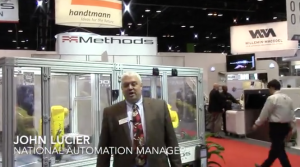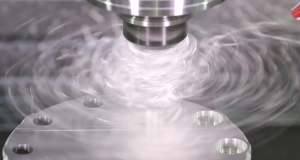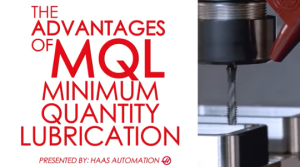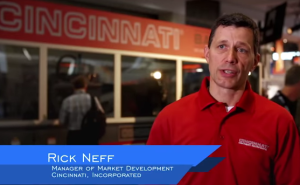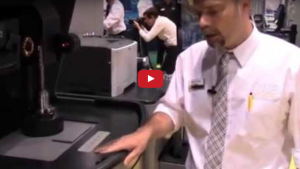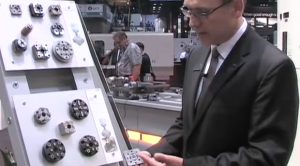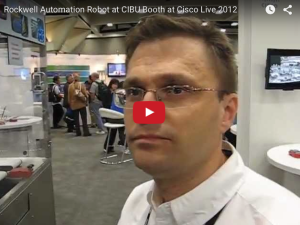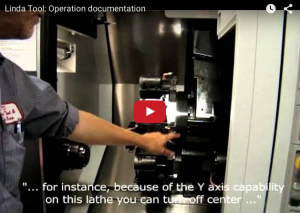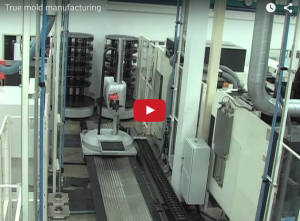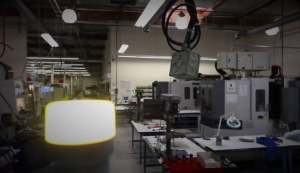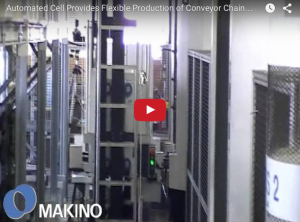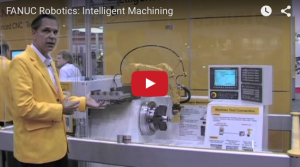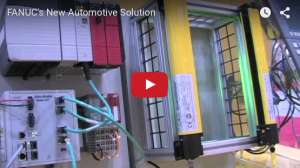Industry News for Automation
+ click to show 100 more results
Articles on Automation
+ click to show 100 more results
Author: CTE Staff
Column: Productive Times
Published:
Column: Productive Times
Published:
Author: Alan Richter
Column: Feature Article
Published:
Column: Feature Article
Published:
Author: CTE Staff
Column: Productive Times
Published:
Column: Productive Times
Published:
Author:
Column: Feature Article, Productive Times
Published:
Column: Feature Article, Productive Times
Published:
Author: Alan Richter
Column: Feature Article
Published:
Column: Feature Article
Published:
Author: Craig Zoberis
Column: Robotics Results
Published:
Column: Robotics Results
Published:
Author: Craig Zoberis
Column: Robotics Results
Published:
Column: Robotics Results
Published:
Author: Craig Zoberis
Column: Robotics Results
Published:
Column: Robotics Results
Published:
Author: William Leventon
Column: Machine Technology
Published:
Column: Machine Technology
Published:
Author: Craig Zoberis
Column: Robotics Results
Published:
Column: Robotics Results
Published:
Author: Jim Hranica
Column: Get With The Program
Published:
Column: Get With The Program
Published:
Author: Brendt Holden
Column: Feature Article
Published:
Column: Feature Article
Published:
Author:
Column: Look Ahead
Published:
Column: Look Ahead
Published:
Author: William Leventon
Column: Feature Article
Published:
Column: Feature Article
Published:
Author: William Leventon
Column: Machine Technology
Published:
Column: Machine Technology
Published:
Author: Craig Zoberis
Column: Robotics Results
Published:
Column: Robotics Results
Published:
Author: Christopher Tate
Column: Feature Article
Published:
Column: Feature Article
Published:
Author:
Column: Productive Times
Published:
Column: Productive Times
Published:
Author:
Column: Feature Article
Published:
Column: Feature Article
Published:
Author: Alan Richter
Column: Feature Article
Published:
Column: Feature Article
Published:
Author: Christopher Tate
Column: Feature Article
Published:
Column: Feature Article
Published:
Author: Craig Zoberis
Column: Robotics Results
Published:
Column: Robotics Results
Published:
Author: Craig Zoberis
Column: Robotics Results
Published:
Column: Robotics Results
Published:
Author: Connor Benedict
Column: Feature Article
Published:
Column: Feature Article
Published:
Author: Alan Richter
Column: Feature Article
Published:
Column: Feature Article
Published:
Author: Craig Zoberis
Column:
Published:
Column:
Published:
Author:
Column: Productive Times
Published:
Column: Productive Times
Published:
Author: Alan Richter
Column: Feature Article
Published:
Column: Feature Article
Published:
Author: Alan Richter
Column: Feature Article
Published:
Column: Feature Article
Published:
Author: William Leventon
Column: Machine Technology
Published:
Column: Machine Technology
Published:
Author: Christopher Tate
Column: Feature Article
Published:
Column: Feature Article
Published:
Author: Alan Richter
Column: Feature Article
Published:
Column: Feature Article
Published:
Author: Craig Zoberis
Column: Feature Article
Published:
Column: Feature Article
Published:
Author: William Leventon
Column: Machine Technology
Published:
Column: Machine Technology
Published:
Author: Craig Zoberis
Column: Feature Article
Published:
Column: Feature Article
Published:
Author: Craig Zoberis
Column: Feature Article
Published:
Column: Feature Article
Published:
Author:
Column: Feature Article
Published:
Column: Feature Article
Published:
Author: William Leventon
Column: Machine Technology
Published:
Column: Machine Technology
Published:
Author: Craig Zoberis
Column: Feature Article
Published:
Column: Feature Article
Published:
Author:
Column: Get With The Program
Published:
Column: Get With The Program
Published:
Author: William Leventon
Column: Machine Technology
Published:
Column: Machine Technology
Published:
Author: Ken Schnepf
Column: Look Ahead
Published:
Column: Look Ahead
Published:
Author: William Leventon
Column: Machine Technology
Published:
Column: Machine Technology
Published:
Author: William Leventon
Column: Feature Article
Published:
Column: Feature Article
Published:
Author:
Column: Feature Article
Published:
Column: Feature Article
Published:
Author: William Leventon
Column: Machine Technology
Published:
Column: Machine Technology
Published:
Author: Craig Zoberis
Column: Feature Article
Published:
Column: Feature Article
Published:
Author: William Leventon
Column: Machine Technology
Published:
Column: Machine Technology
Published:
Author:
Column: Productive Times
Published:
Column: Productive Times
Published:
Author: Ken Schnepf
Column: Look Ahead
Published:
Column: Look Ahead
Published:
Author: William Leventon
Column: Machine Technology
Published:
Column: Machine Technology
Published:
Author: CTE Staff
Column: Productive Times
Published:
Column: Productive Times
Published:
Author: William Leventon
Column: Machine Technology
Published:
Column: Machine Technology
Published:
Author:
Column: Productive Times
Published:
Column: Productive Times
Published:
Author: William Leventon
Column: Machine Technology
Published:
Column: Machine Technology
Published:
Author: Christopher Tate
Column: Feature Article
Published:
Column: Feature Article
Published:
Author: Kip Hanson
Column: Feature Article
Published:
Column: Feature Article
Published:
Author: William Leventon
Column: Machine Technology
Published:
Column: Machine Technology
Published:
Author:
Column: Productive Times
Published:
Column: Productive Times
Published:
Author: Christopher Tate
Column: Feature Article
Published:
Column: Feature Article
Published:
Author:
Column: Productive Times
Published:
Column: Productive Times
Published:
Author: Ken Schnepf
Column: Look Ahead
Published:
Column: Look Ahead
Published:
Author: Kip Hanson
Column: Feature Article
Published:
Column: Feature Article
Published:
Author: Alan Richter
Column: Feature Article
Published:
Column: Feature Article
Published:
Author: William Leventon
Column: Machine Technology
Published:
Column: Machine Technology
Published:
Author: CTE Staff
Column: Productive Times
Published:
Column: Productive Times
Published:
Author: Kip Hanson
Column: Feature Article
Published:
Column: Feature Article
Published:
Author: William Leventon
Column: Feature Article
Published:
Column: Feature Article
Published:
Author: William Leventon
Column: Machine Technology
Published:
Column: Machine Technology
Published:
Author: Steven Anderson
Column: Shop Operations
Published:
Column: Shop Operations
Published:
Author: Robert Weinstein
Column: Look Ahead
Published:
Column: Look Ahead
Published:
Author: Holly B. Martin
Column: Feature Article
Published:
Column: Feature Article
Published:
Author: Ivan Mikesic
Column: Get With The Program
Published:
Column: Get With The Program
Published:
Author: William Leventon
Column: Machine Technology
Published:
Column: Machine Technology
Published:
Author: Alan Richter
Column: Feature Article
Published:
Column: Feature Article
Published:
Author: Christopher Tate
Column: Feature Article
Published:
Column: Feature Article
Published:
Author: Alan Richter
Column: Feature Article
Published:
Column: Feature Article
Published:
Author: Kip Hanson
Column: Feature Article
Published:
Column: Feature Article
Published:
Author: William Leventon
Column: Machine Technology
Published:
Column: Machine Technology
Published:
Author: William Leventon
Column: Feature Article
Published:
Column: Feature Article
Published:
Author: Alan Richter
Column: Shop Operations
Published:
Column: Shop Operations
Published:
Author: Kip Hanson
Column: Feature Article
Published:
Column: Feature Article
Published:
Author: Robert Weinstein
Column: Look Ahead
Published:
Column: Look Ahead
Published:
Author: CTE Staff
Column: Feature Article
Published:
Column: Feature Article
Published:
Author: CTE Staff
Column: Productive Times
Published:
Column: Productive Times
Published:
Author: CTE Staff
Column: Feature Article
Published:
Column: Feature Article
Published:
Author: Dave Nelson
Column: Feature Article
Published:
Column: Feature Article
Published:
Author: Alan Richter
Column: Feature Article
Published:
Column: Feature Article
Published:
Author: Bill Kennedy
Column: Feature Article
Published:
Column: Feature Article
Published:
Author: Alan Richter
Column: Feature Article
Published:
Column: Feature Article
Published:
Author: John L. Barry
Column: Feature Article
Published:
Column: Feature Article
Published:
Author: Alan Richter
Column: Feature Article
Published:
Column: Feature Article
Published:
Author: Anders Utterstrom
Column: Feature Article
Published:
Column: Feature Article
Published:
Author: Werner Morach
Column: Feature Article
Published:
Column: Feature Article
Published:
Author: Martin Eastman
Column: Feature Article
Published:
Column: Feature Article
Published:
Author: Will Sobel
Column: Get With The Program
Published:
Column: Get With The Program
Published:
Author: Robert Weinstein
Column: Look Ahead
Published:
Column: Look Ahead
Published:
Author: Kip Hanson
Column: Feature Article
Published:
Column: Feature Article
Published:
Author: Kip Hanson
Column: Feature Article
Published:
Column: Feature Article
Published:
Author: William Leventon
Column: Machine Technology
Published:
Column: Machine Technology
Published:
Videos on Automation
+ click to show 56 more results
Products for Automation
+ click to show 100 more results
Buyers Guide Companies for Automation
+ click to show 82 more results

